金融英语电子讲义
Unit1 Money
Figures
What is Money ?
What does money do?
Different Types of Money
Financial System and Financial Market
Unit 2 Central BankⅠ
Central Bank
the Function of Central Bank
the History of Bank
the Brief Introduction of Monetary Policy in Chine
Unit 3 Central BankⅡ
Tools of Monetary Policy: the Open Market Operatio
the Advantages of the Open Market Operation
Tools of Monetary Policy: Reserved Requirement
the People's Bank of China
Tools of Monetary Policy: Discount Policy
Unit 4 Commercial BankⅠ
Commercial Banks in the USA
Unit5 Commercial BankⅡ
Off-Balance Sheet Activities
Loan Commitment
the Usage of Loan Commitment
Unit6 Investment Banking
The practice of Investment Banking投资银行实务
a Piece of News of Investment Banks
Types of Banks Exercise
Unit7 Financial Derivatives
Financial Engineering
The Financial Engineer and Risk Management
The Social Role of Financial Derivatives
Unit 8 Financial Innovation and Derivative Market
Background:背景介绍
Categorizations of Financial Innovation
Motivation for Financial Innovation
Effect and Risk of Financial Innovation
Unit 9 Option
Definition of Option 期权合同定义
Margin Requirements
Exchange-Traded versus OTC( over-the-counter) Opti
Differences between Options and Futures Contracts
Risk and Return Characteristics of Options
Unit10 Futures and Swap
Background
How does Futures Market Work?
Financial Futures Contract
Interest rate Futures
The Essential Concept of Hedging
Factors to Influence the Bases
Category of Futures
Swap Deals
Interest Rate Swap
Unit11 Securities
Asset Securitization in the USA
Mortgage Backed Securities
Mortgage Obligation
Credit Enhancement
Credit Rating Agencies
Asset Backed Securities
Repacking Operation
Securitization of Non-performing Asset
Concluding Remarks
Unit 12 Financial Markets
Function of Financial Markets
Structure of Financial Markets
Debt and Equity Markets
Primary and Second Markets
Exchanges and Over-the-Counter Markets交易所和场外市场
Money and Capital Markets
Globalization of Financial Markets 金融全球化
Classification of Global Financial Markets
Introduction to the International Bond Markets国际债券
Features of Eurobonds
Unit13 Foreign Exchange Market
the Definition of Foreign Exchange
Price Fluctuation
Government Control
the Basics of Foreign Exchang Market
How does the Foreign Exchang Market Operate?
Unit14 Stock Market
the Processes of Investing Money in the Stock Mark
the American Stock Market
Exercises of Stock Market 1
Exercises of Stock Market 2
Types of Shares Exercises
Market Price Idiom Exercises
"Rise,Arise,Raise"Exercises
Unit15 Exchange Rate Determination
Law of One Price
the Theory of Purchasing Power Parity
the Factors to Affect the Exchange Rate in the Lon
Currency Exchange
Unit16 Risk Management
Principles of Credit Risk Management 1
Principles of Credit Risk Manangement 2
Managing Credit Risk 1
Managing Credit Risk 2
Unit17 Money Management Business
Money Management
Types of Money Management Operation
Operation of Mutual Fund in America
the Purchase Methods of Mutual Fund
Prospectus Requirement
Distribution of Mutual Fund
Redemption of Mutual Fund
Performance of Mutual Fund
Financial Instrument Exercises 1
Financial Instrument Exercises 2
Financial Ratios
Financial Ratios Exercises
Current Asset and Current Liability
Unit 18 Mergers and Acquisitions兼并与收购
Background
Different Forms of Mergers
How Investment bankers participate in M&A
a Case of Leverage Acquisition
Unit 19 The world bank
Importance to Business
Hard Loans Made by the World Bank
Business Opportunities and Information Sources
International Finance Corporation(IFC)
Joint ventures favored.
Creation of local capital markets.
Liaison with development finance companies.
International Development Association (IDA)
IDA capital sources.
a Piece of News about New Oriental School
the Brief History of Financial Management Field
The Primary Goal: Maximizing Shareholder Wealth
Agency Problems
Stockholders and Managers
Stockholders and Creditors
Maximization of Shareholder Wealth: Managerial Str
Maximization of Shareholder Wealth:
Determinants of Long Value
Managerial Actions to Influence Value
Organization of the Financial Management Function
The Cash Flow Concept
1. After-tax operating cash flow
2. Free cash flow自由现金流量
Cash Flows and Shareholder Wealth
Determining the Net Present Value of an Investment
the Relationship between the Net Present Value and
Risk and the NPV Rule 风险和净现值原则
The Relationship Between Risk and Return
the Definition of Holding Period Returns
1. Holding Period Returns持有期报酬率
the Definition of Risk
Expected Returns and Required Returns 期望报酬率和要求报酬率
Risk and Required Return 风险和要求报酬率
The Risk-free Rate of Return 无风险要求报酬率
The Maturity Risk Premium
The Default Risk Premium
The Seniority Risk Premium
Business and Financial Risk Premiums
Systematic Versus Unsystematic Risk
The Marketablity Risk Premium 变现风险溢酬
Capital Market Efficiency
Information and Capital Market Efficiency
Degrees of Market Efficiency市场效率程度
Weak-form Efficiency
Semistrong- form Efficiency
Strong-form Efficiency
Implications of Market Efficiency for Financial Ma
Timing or Gambling时机与赌博
Security Investments Have an NPV of Zero
Corporate Diversification is Expensive and Unneces
Capital Markets Rarely are Fooled
Security Prices tell a Story
International Issues: Market Efficiency outside of
Unit21 Financial Articles Published in Newspapers
Is Price Stability Enough? 1
Is Price Stability Enough? 2
Blue Chip Blues 1
Blue Chip Blues 2
Blue Chip Blues 3
Blue Chip Blues 4
Blue Chip Blues 5

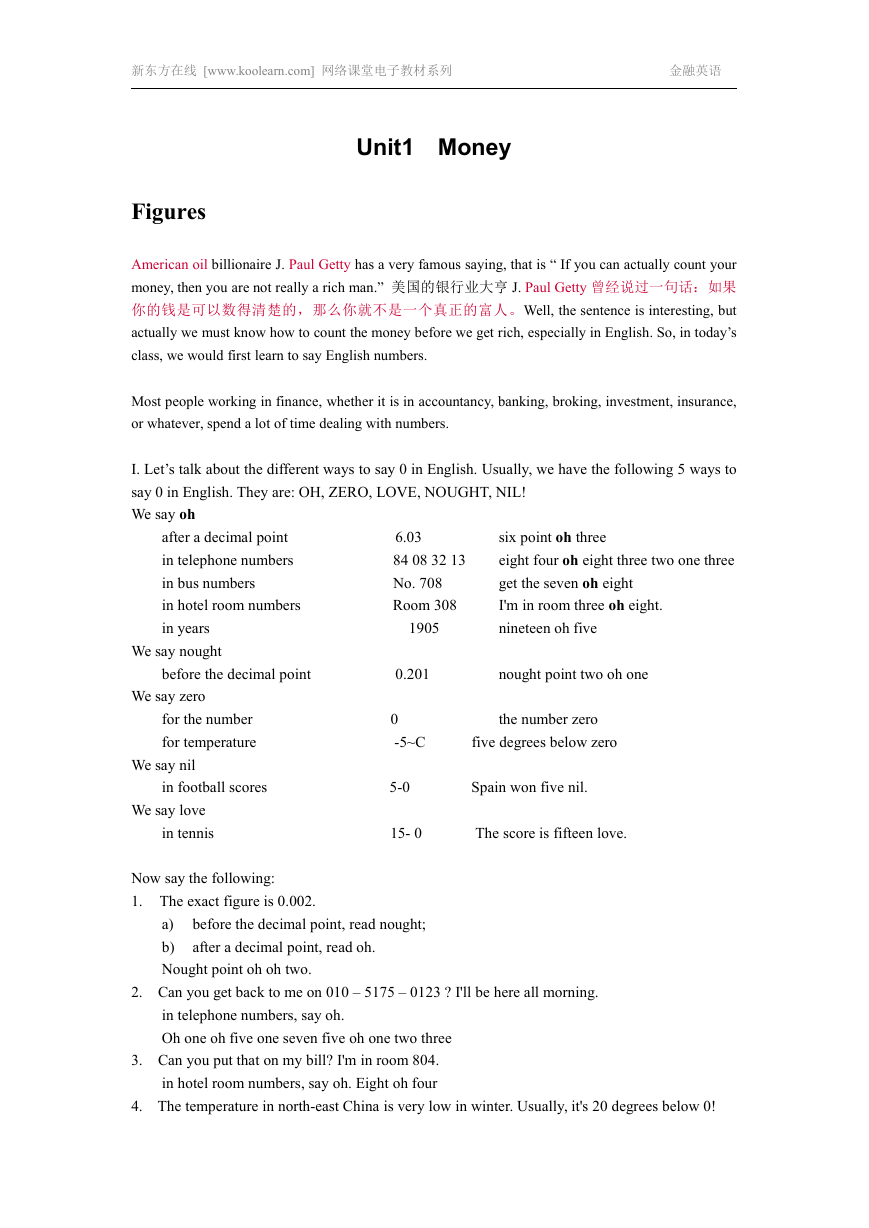
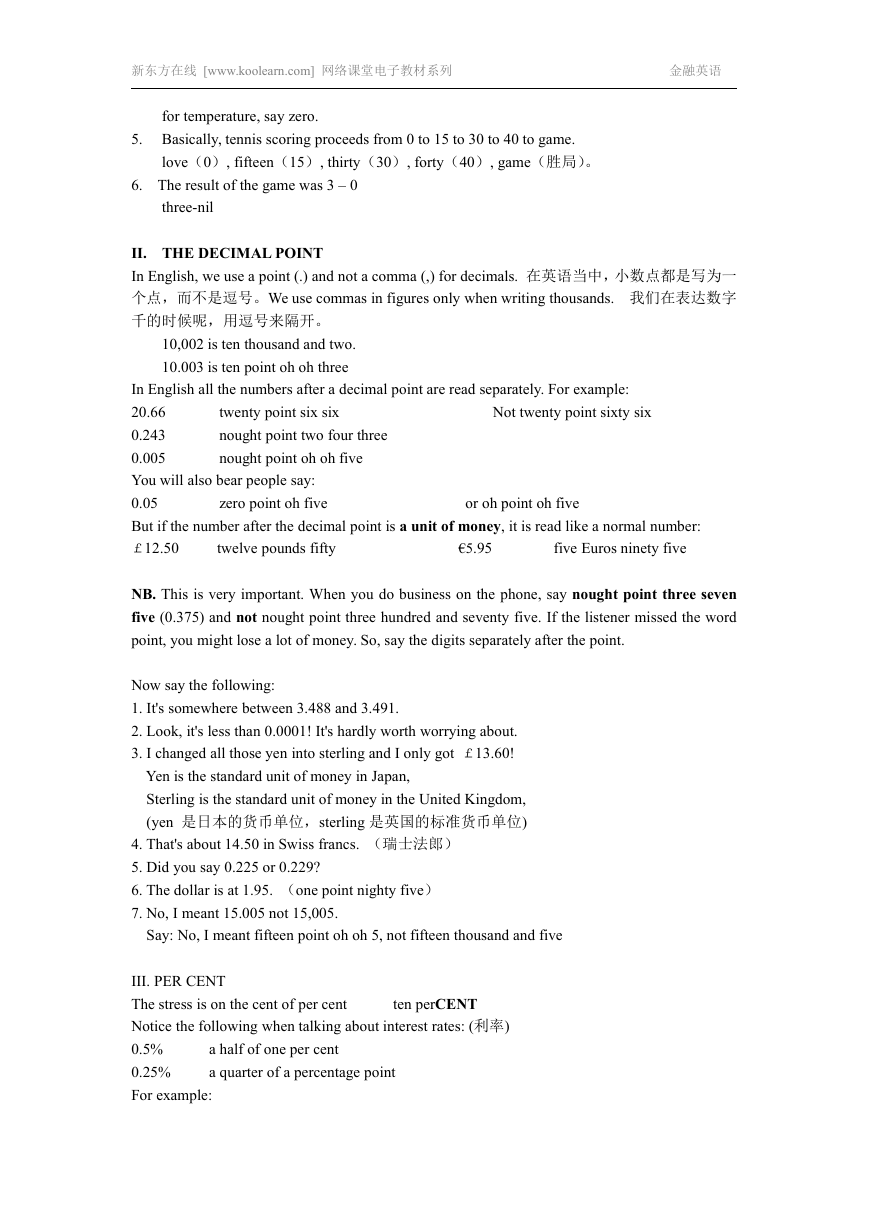

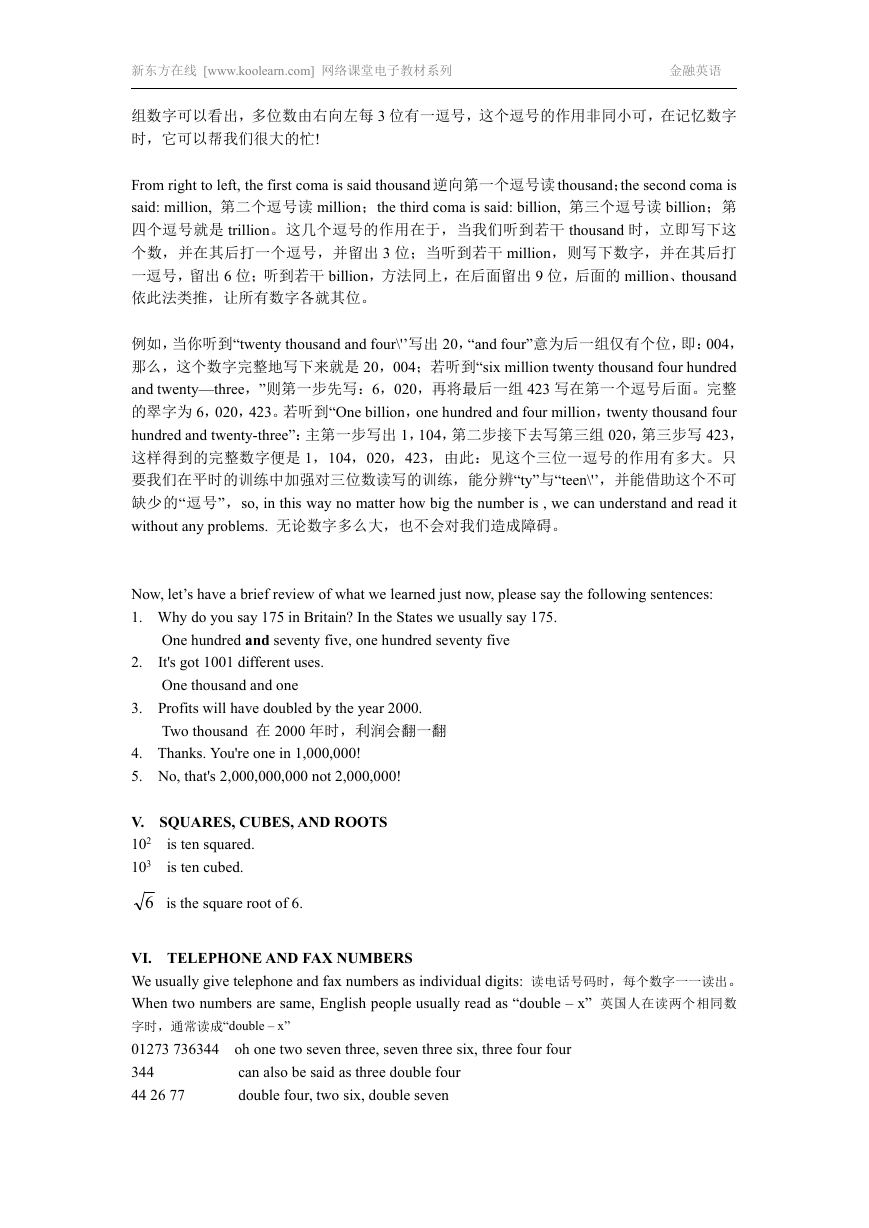
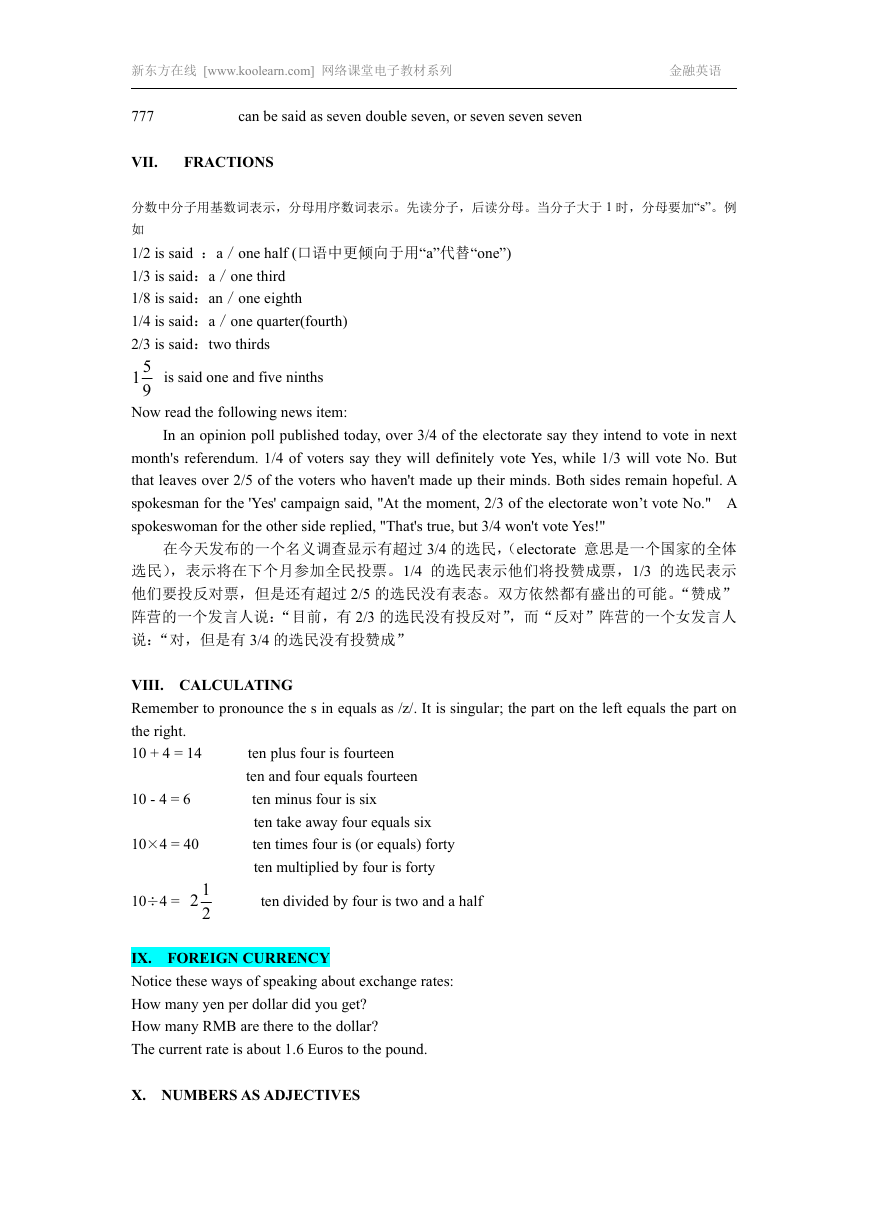
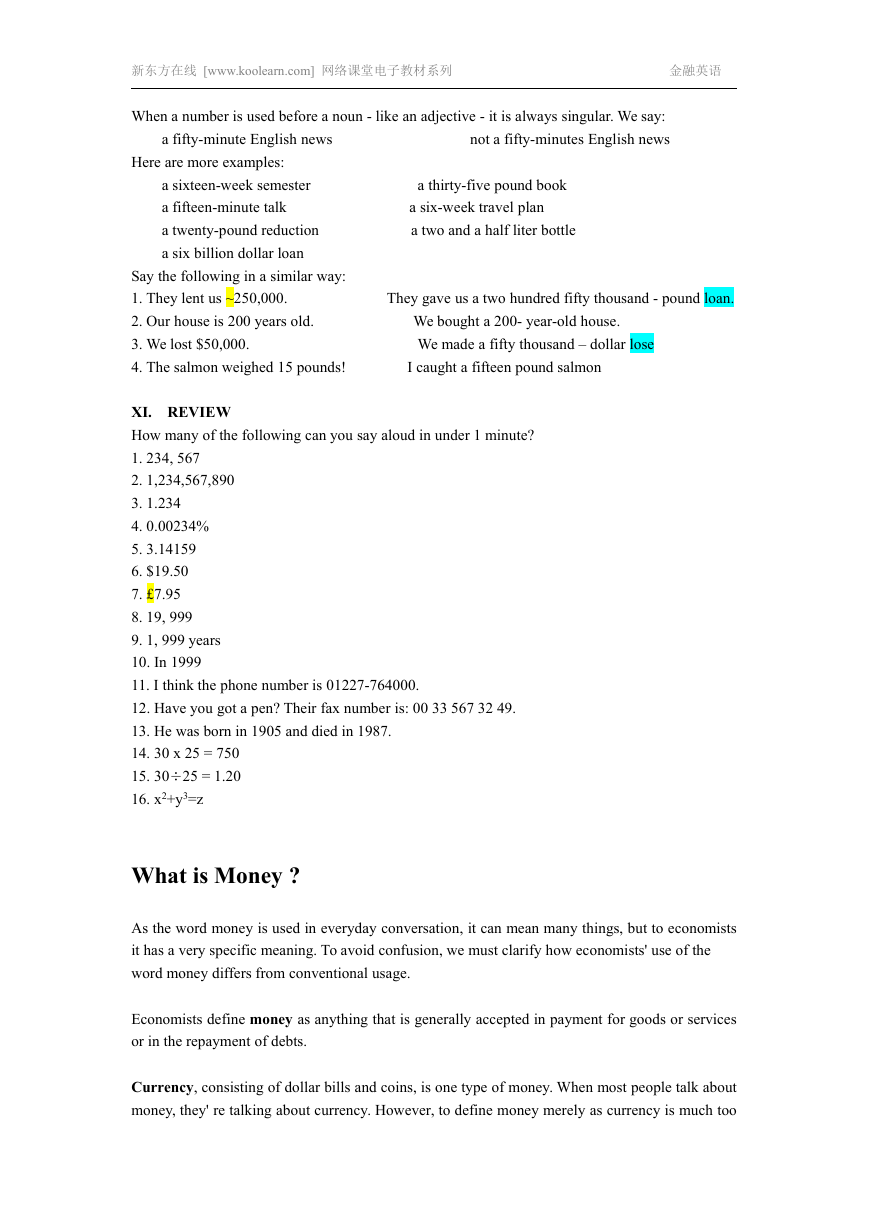
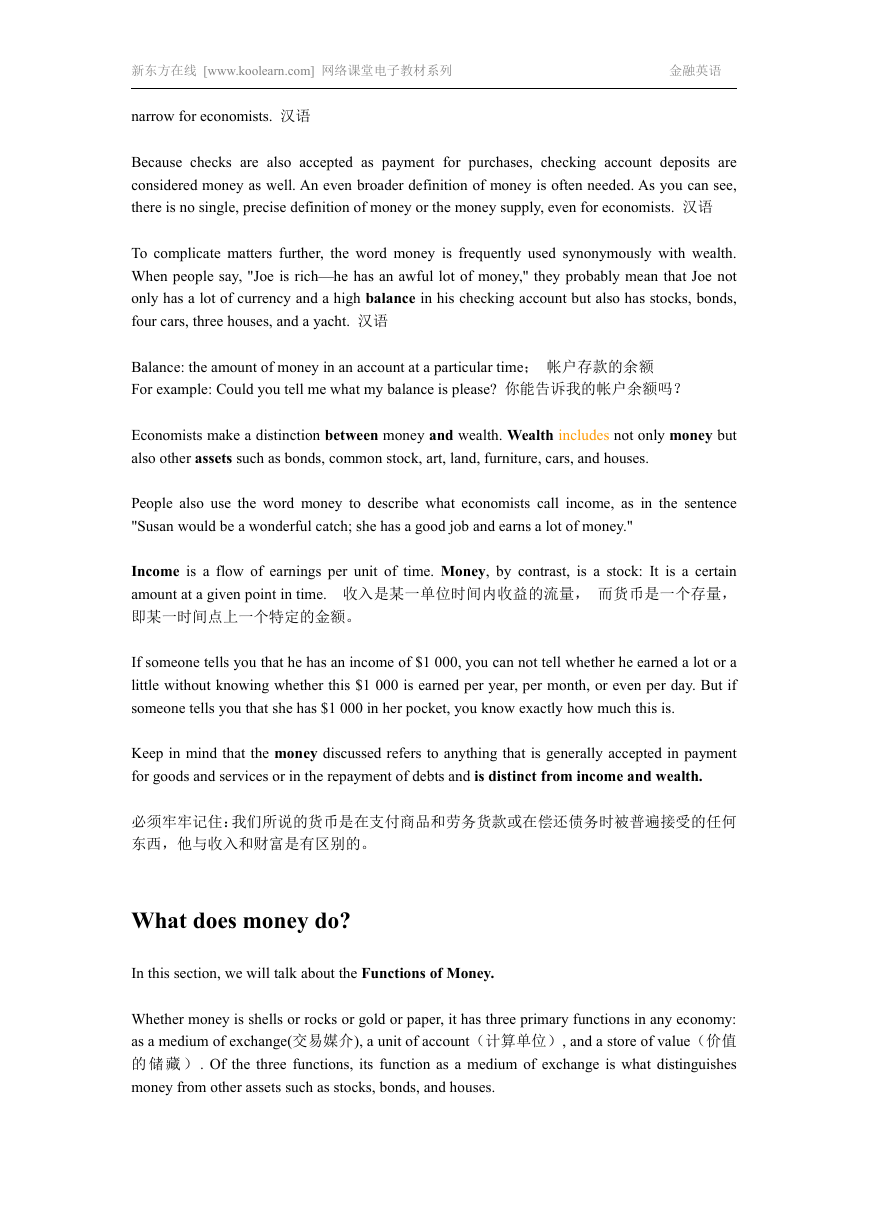








 2023年江西萍乡中考道德与法治真题及答案.doc
2023年江西萍乡中考道德与法治真题及答案.doc 2012年重庆南川中考生物真题及答案.doc
2012年重庆南川中考生物真题及答案.doc 2013年江西师范大学地理学综合及文艺理论基础考研真题.doc
2013年江西师范大学地理学综合及文艺理论基础考研真题.doc 2020年四川甘孜小升初语文真题及答案I卷.doc
2020年四川甘孜小升初语文真题及答案I卷.doc 2020年注册岩土工程师专业基础考试真题及答案.doc
2020年注册岩土工程师专业基础考试真题及答案.doc 2023-2024学年福建省厦门市九年级上学期数学月考试题及答案.doc
2023-2024学年福建省厦门市九年级上学期数学月考试题及答案.doc 2021-2022学年辽宁省沈阳市大东区九年级上学期语文期末试题及答案.doc
2021-2022学年辽宁省沈阳市大东区九年级上学期语文期末试题及答案.doc 2022-2023学年北京东城区初三第一学期物理期末试卷及答案.doc
2022-2023学年北京东城区初三第一学期物理期末试卷及答案.doc 2018上半年江西教师资格初中地理学科知识与教学能力真题及答案.doc
2018上半年江西教师资格初中地理学科知识与教学能力真题及答案.doc 2012年河北国家公务员申论考试真题及答案-省级.doc
2012年河北国家公务员申论考试真题及答案-省级.doc 2020-2021学年江苏省扬州市江都区邵樊片九年级上学期数学第一次质量检测试题及答案.doc
2020-2021学年江苏省扬州市江都区邵樊片九年级上学期数学第一次质量检测试题及答案.doc 2022下半年黑龙江教师资格证中学综合素质真题及答案.doc
2022下半年黑龙江教师资格证中学综合素质真题及答案.doc